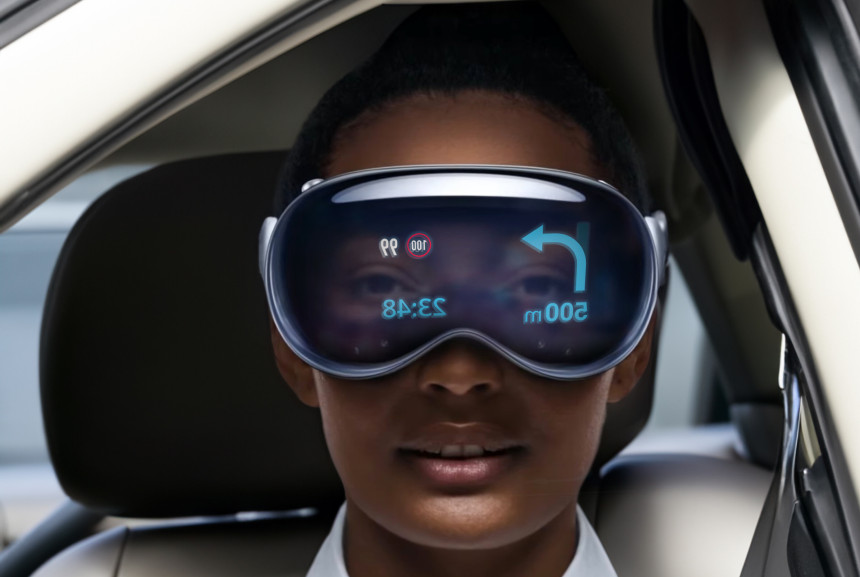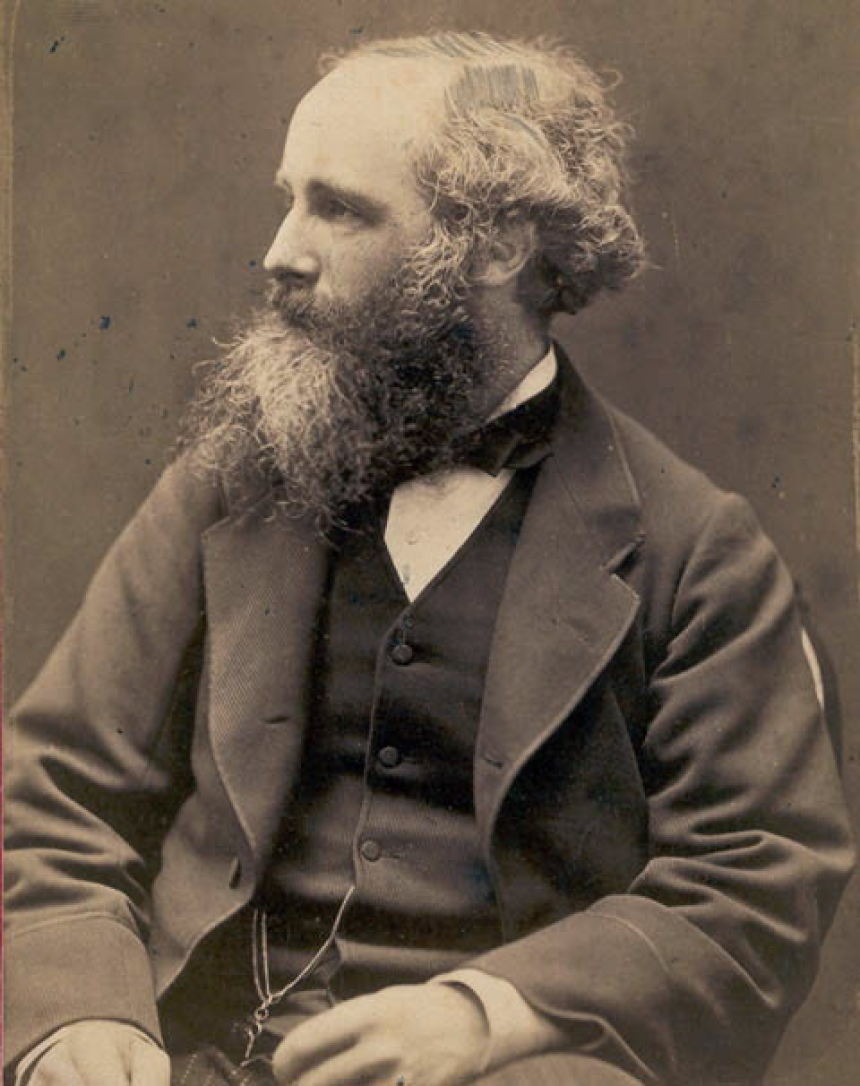
Virtual and Augmented Reality
In this age of technology, virtual and augmented reality have emerged as powerful tools that are revolutionizing various industries, including education. These immersive technologies provide an interactive and engaging learning experience for students, enabling them to explore and understand complex concepts in a more meaningful way. In this blog, we will dive deeper into the world of virtual and augmented reality and explore their impact on education.
What is Virtual Reality?
Virtual reality (VR) refers to a simulated experience that can be similar to or completely different from the real world. Through the use of VR headsets or devices, students are transported to a virtual environment that simulates real-life scenarios. This technology creates a highly immersive experience where students can interact with the virtual world and manipulate objects.
How Does Virtual Reality Enhance Learning?
Virtual reality provides students with a unique opportunity to explore concepts in a hands-on and interactive manner. It allows students to visualize and experience abstract or complex ideas that are difficult to understand through traditional teaching methods. For example, students studying biology can take a virtual tour inside the human body to understand its structure and functions. This experiential learning enhances their understanding and retention of information.
What is Augmented Reality?
Augmented reality (AR) overlays digital information onto the real world, blending virtual elements with the physical environment. Unlike virtual reality, AR does not require a headset; it can be accessed through smartphones or tablets. By simply pointing the device's camera at an object or location, students can see additional information or interactive elements appear on the screen.
How Does Augmented Reality Enhance Learning?
Augmented reality enables students to bridge the gap between the virtual and physical world. It brings static concepts to life and allows students to interact with them in real-time. For instance, students studying geography can use AR to overlay geographical information onto a map, providing a deeper understanding of various locations and landmarks. This technology enhances spatial awareness and promotes active learning.
Benefits of Virtual and Augmented Reality in Education
1. Increased Engagement: Virtual and augmented reality create a highly immersive and interactive learning environment, capturing students' attention and keeping them engaged throughout the lesson.
2. Enhanced Understanding: By providing a visual and experiential learning experience, these technologies enable students to understand complex concepts more easily and deeply.
3. Personalized Learning: Virtual and augmented reality can be customized to cater to individual student needs, allowing them to learn at their own pace and style.
4. Active Learning: These technologies promote active learning by encouraging students to explore and interact with the virtual world or augmented content actively.
5. Real-World Applications: Virtual and augmented reality enable students to apply their knowledge in real-life contexts, preparing them for future careers and challenges.
Conclusion
Virtual and augmented reality have the potential to significantly transform education by providing an immersive and interactive learning experience. These technologies enable students to explore, engage, and understand complex concepts in ways that were previously unimaginable. As technology continues to evolve, it is crucial for schools to embrace virtual and augmented reality as powerful educational tools that can enrich the learning journey for students of all ages.
Frequently Asked Questions (FAQs)
1. Can virtual reality be used in all subjects?
Yes, virtual reality can be used in a wide range of subjects, including science, history, geography, art, and more. It allows students to visualize and experience concepts across various disciplines, enhancing their understanding and engagement.
2. Are there any age restrictions for using augmented reality?
Most augmented reality experiences are suitable for children of all ages. However, it is important for parents and educators to ensure that the content and applications used are appropriate for the age group to ensure a safe and meaningful learning experience.
3. Do I need expensive equipment to access virtual reality?
While high-end virtual reality headsets can be costly, there are more affordable options available, such as mobile-based VR headsets or even smartphone apps that offer virtual reality experiences. These options can still provide immersive learning experiences without the need for expensive equipment.
4. Can virtual and augmented reality replace traditional teaching methods?
Virtual and augmented reality are powerful tools that complement traditional teaching methods. They offer a unique and immersive learning experience that can enhance understanding and engagement. However, they should be used as supplements to traditional teaching, rather than replacements, to ensure a balanced and effective learning environment.
5. How can I incorporate virtual and augmented reality into my classroom?
To incorporate virtual and augmented reality into the classroom, educators can explore educational apps, software, or online platforms that offer relevant content and experiences. They can also collaborate with technology experts or seek professional development opportunities to gain the necessary skills and knowledge to integrate these technologies effectively.





